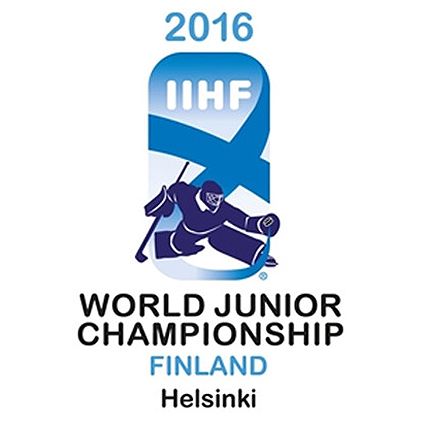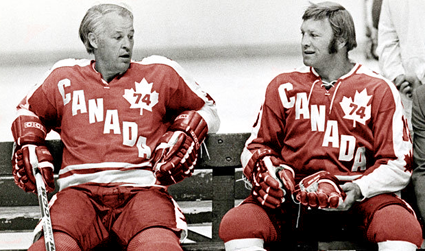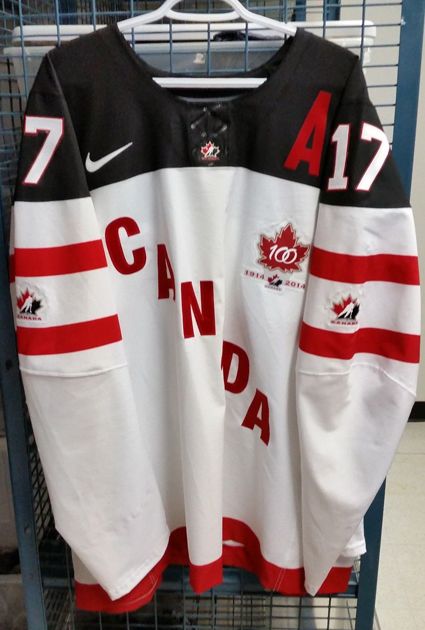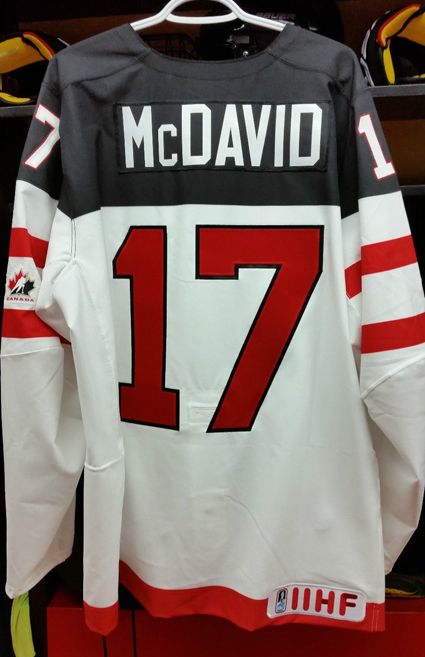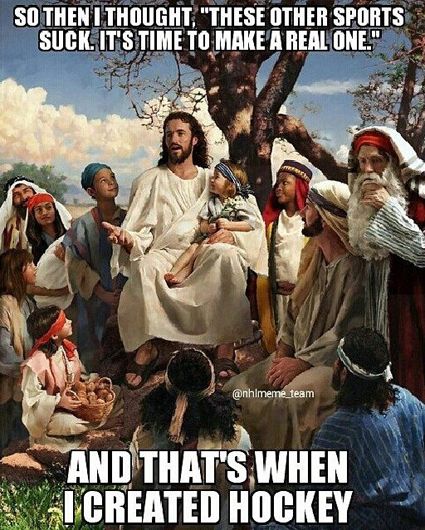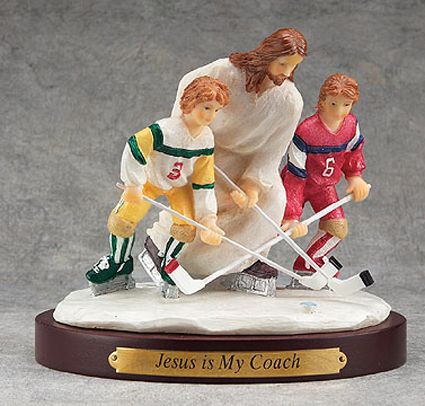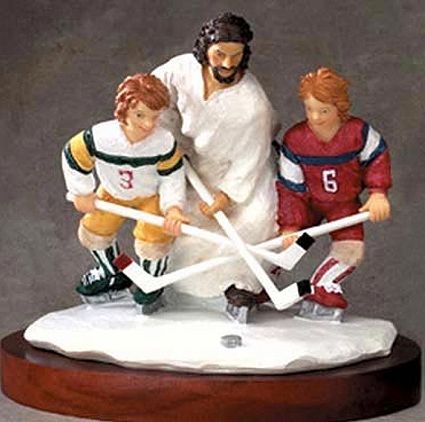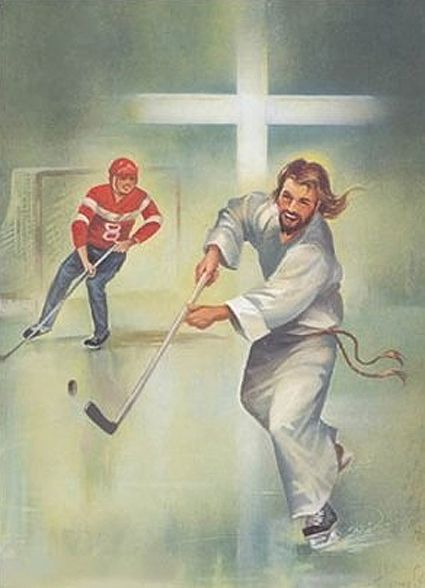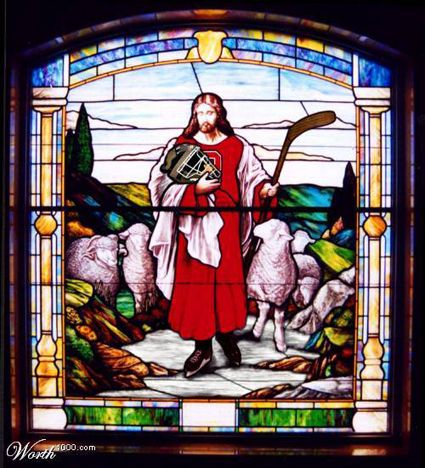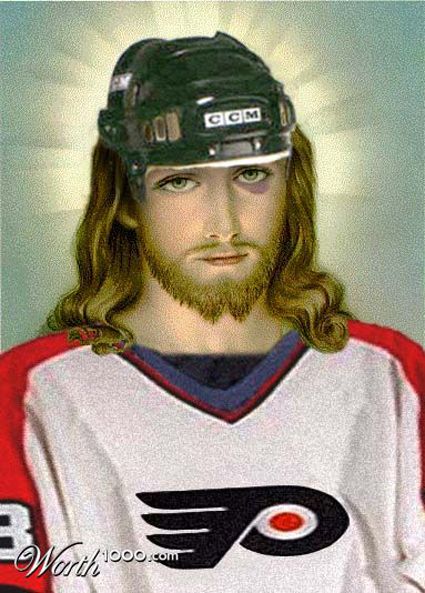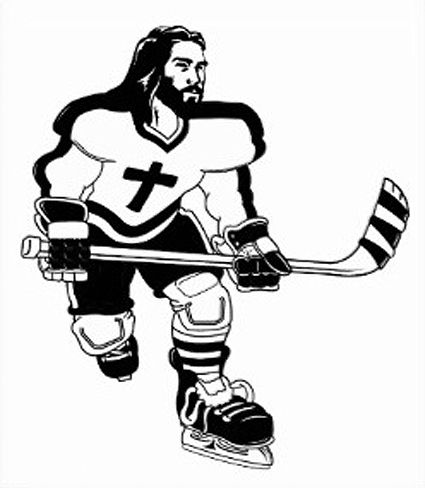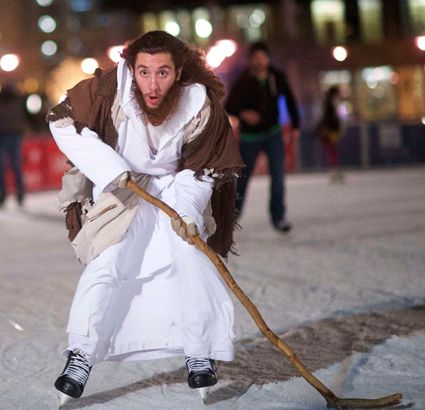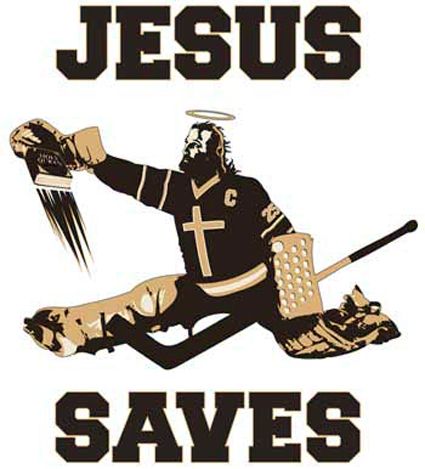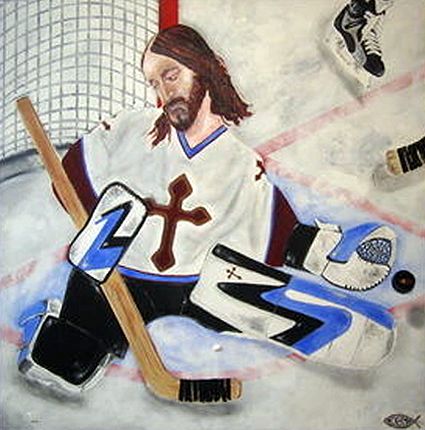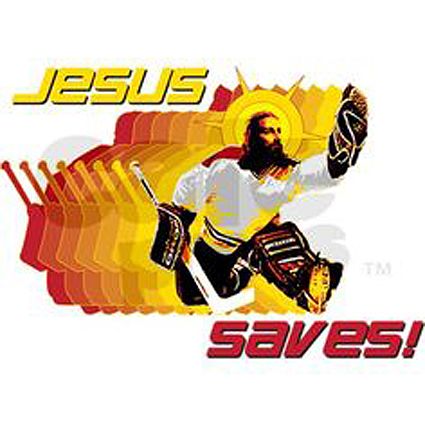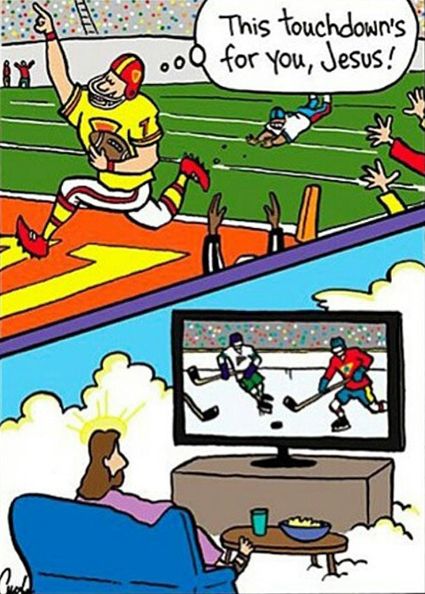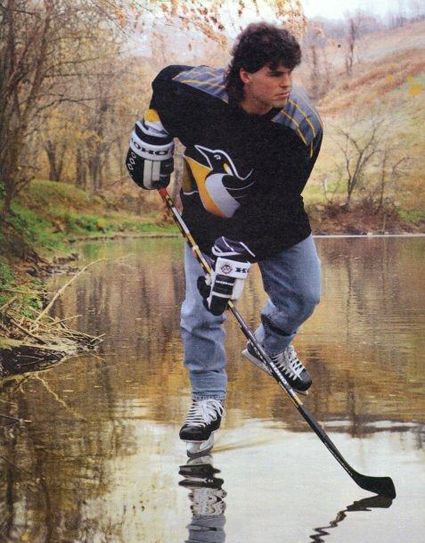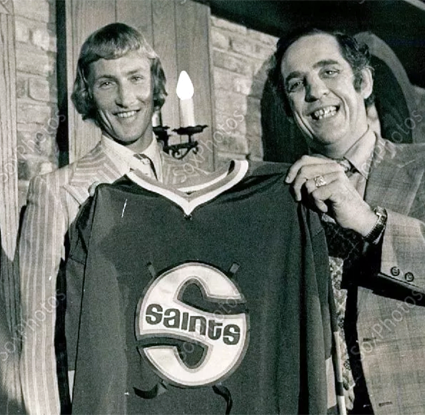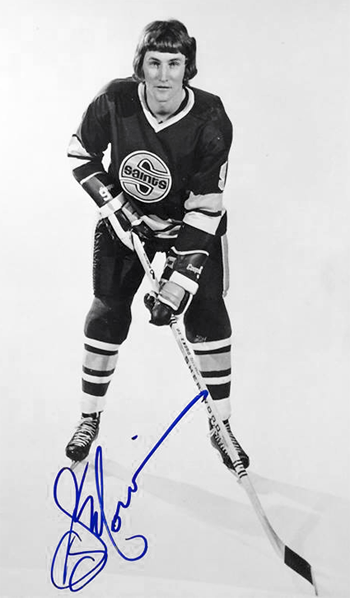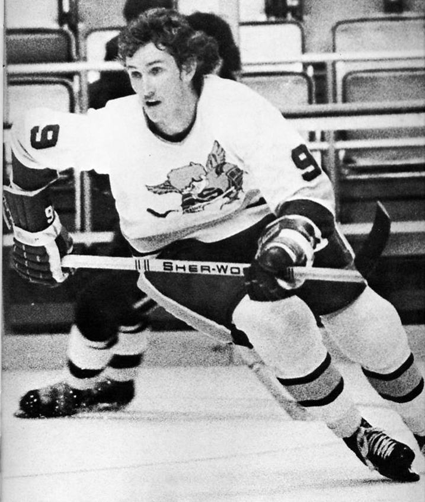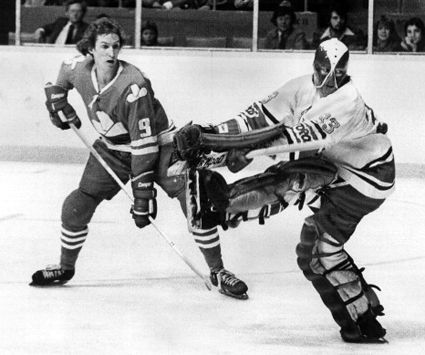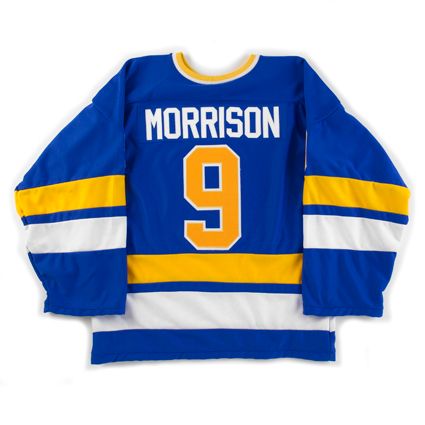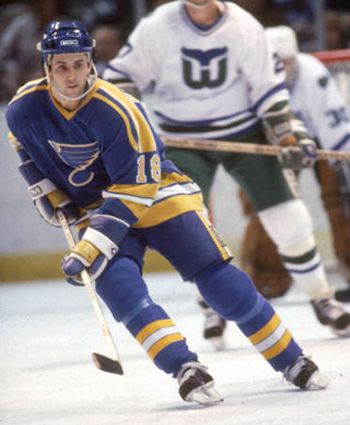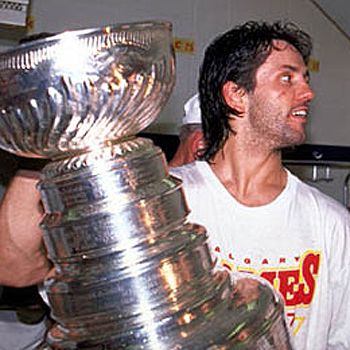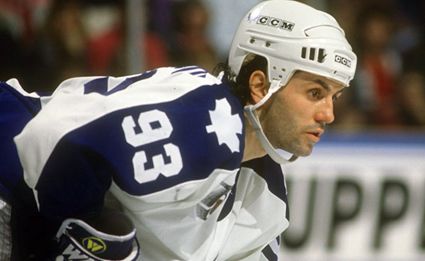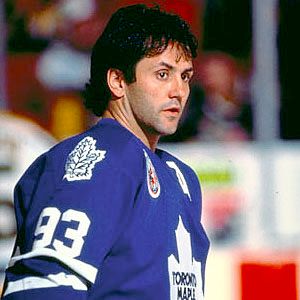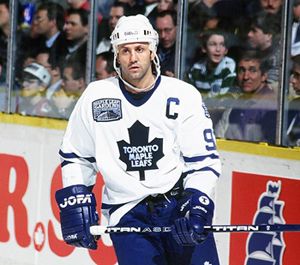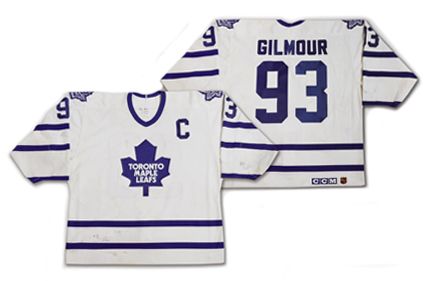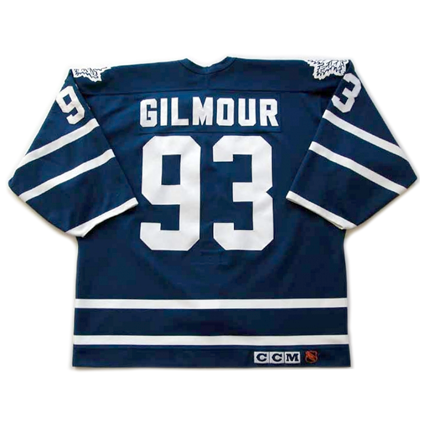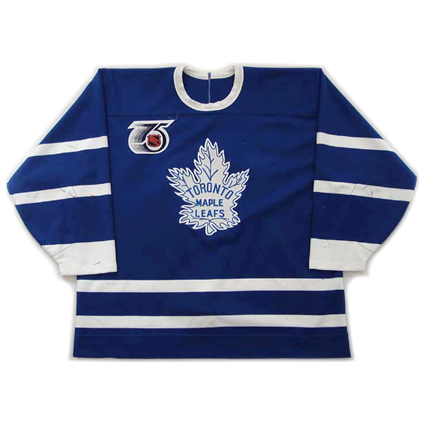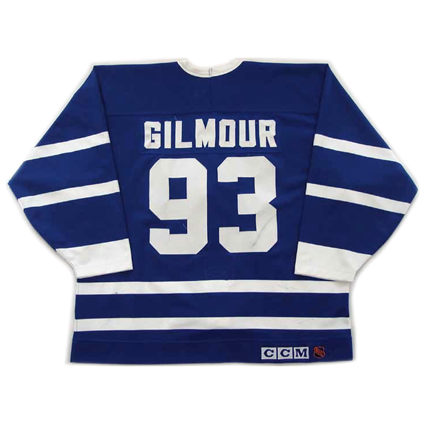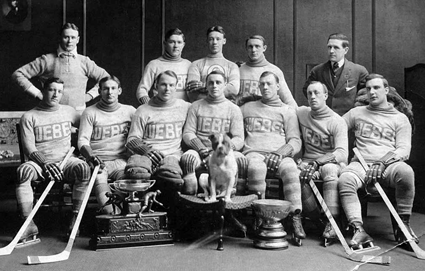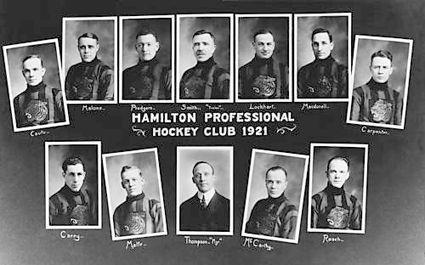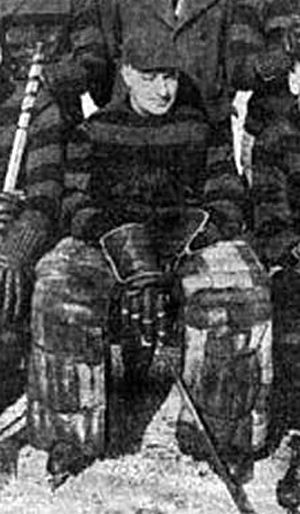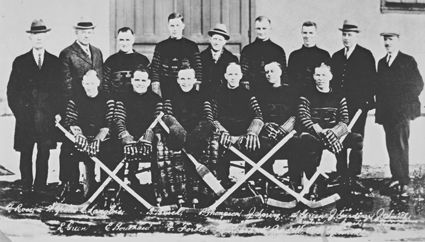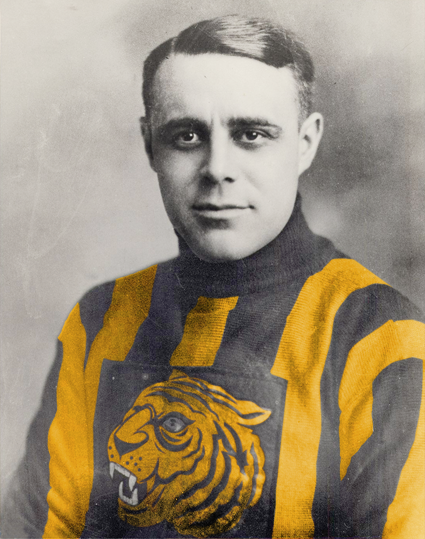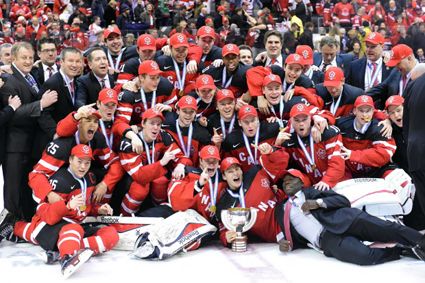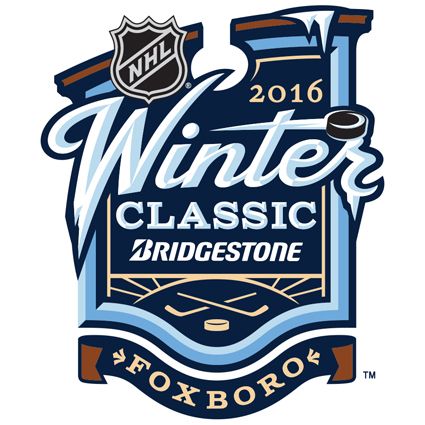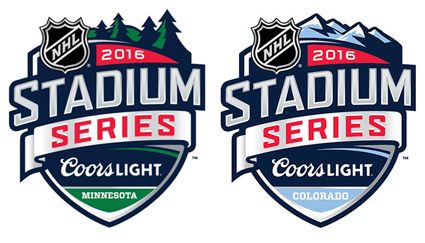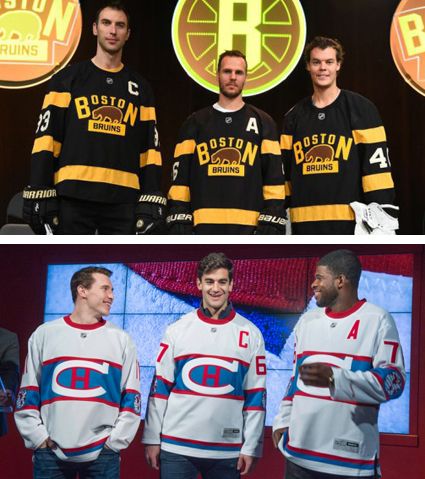This years tournament will take place in Helsinki, Finland at the 8,200 seat Helsinki Ice Hall and the 13,349 capacity Hartwall Arena. Ten nations will participate in this years competition, divided into the customary two groups. Group A consists of the defending champions from Canada, Sweden, the United States, Switzerland and Denmark. All games in Group A will take place at the Helsinki Ice Hall.
Meanwhile, over at the Hartwall Arena, Group B features Russia, hosts Finland, the Czech Republic, Slovakia and Belarus.
The tournament kicks off at 2 PM local time, 7 AM Eastern, 6 AM Central with the Czech Republic facing Russia. Two hours later Switzerland and Sweden battle in Group A. Host Finland will be a heavy favorite against Belarus at 11 AM Eastern and the day ends with a heavyweight bout between Canada and the United States at 1 PM Eastern and Noon Central, a game normally scheduled to finish group play on New Year's Eve.
Other highlights on the schedule arrive on Monday the 28th with Sweden vs. the USA and the vital game for the home Finns when they take on Russia. So, what did the organizers save for the final day of the Preliminary Round on New Year's Eve? The Finns will face the Czechs and Canada will take on Sweden in the final games to set the playoff seedings. Not exactly the US vs. Canada we've come to expect to be honest.
The tournament takes it's traditional break on New Year's Day before the Quarterfinals on Saturday, January 2nd followed by the Semifinals on Monday, January 4th and the bronze and gold medal games on Tuesday, January 5th.
While Canada is the odds on favorite to repeat this year, Sweden returns a number of players from last year and has strong goaltending and will be in the running while the United States can certainly repeat their first ever World Junior gold medal won in Helsinki in 2004. Russia, also regarded as having some of the best goaltending available, and Finland are also favored by some and all five have won gold in the last five years.
Canada brings great depth as always but has a young roster short on returning players and suffers from having such a talent level that, as always, a number of eligible players won't be in Finland because they are currently employed in the NHL. Watch for returnees Brayden Point, Lawson Crouse and defenseman Joe Hicketts to lead the Canadian effort to repeat.
The United States, coached by former NHL head coach Ron Wilson, features Auston Matthews, considered by many as the top prospect in the entire tournament and a probable first overall pick in the next NHL Draft, winger Matthew Tkachuk and defenseman Zach Werenski all are worth following.
All eyes in Finland will be on Jesse Puljujarvi and Patrik Laine, two highly regarded, draft eligible forwards.
Viewers in the United States can watch 17 games on the NHL Network, including all the Group A games, covering all the United States and Canada preliminary round games, as well as all 8 Playoff Round contests.
In Canada, coverage has already begun on TSN with the airing of all three of Canada's exhibition games and will continue with all of the Preliminary Round games as well as all 8 of the Playoff Round games.
Today's featured jersey is a 2015 Canada National Team Connor McDavid jersey as worn in last year's World Juniors as Canada would go on to win the gold medal.
Canada introduced new jerseys with a throwback feel for 2015 to celebrate the 100th anniversary of their governing body, Hockey Canada. The jerseys are loosely based on those worn by Team Canada at the lesser known 1974 Summit Series of 40 years ago, where the stars of the WHA took on the Soviet Union following the success of the 1972 Summit Series.
Perhaps the nicest part of the package is the attractive 100th Anniversary logo patch, which features a large maple leaf similar to the one worn back in 1924 as well as the enduring red and black Hockey Canada logo surrounded by the dates 1914 and 2014.
The Canadian appetite for hockey sees the Canadians introducing new jerseys more frequently than most countries and special one off jerseys on occasion, many of which are auctioned off, as is the case with this jersey from anticipated NHL star Connor McDavid, which sold for $19,600 Canadian dollars.
Today's video segment begins with highlights of last year's gold medal game between Canada and Russia.
Next, here are highlights of last year's entire tournament.
Finally, an introduction to this year's tournament in Helsinki.

